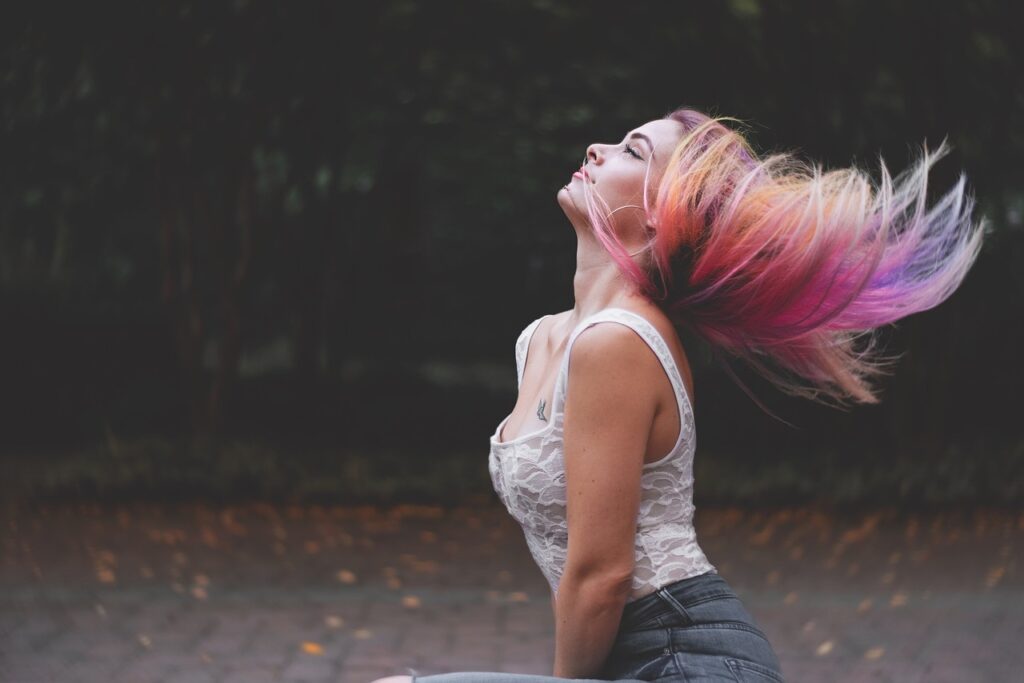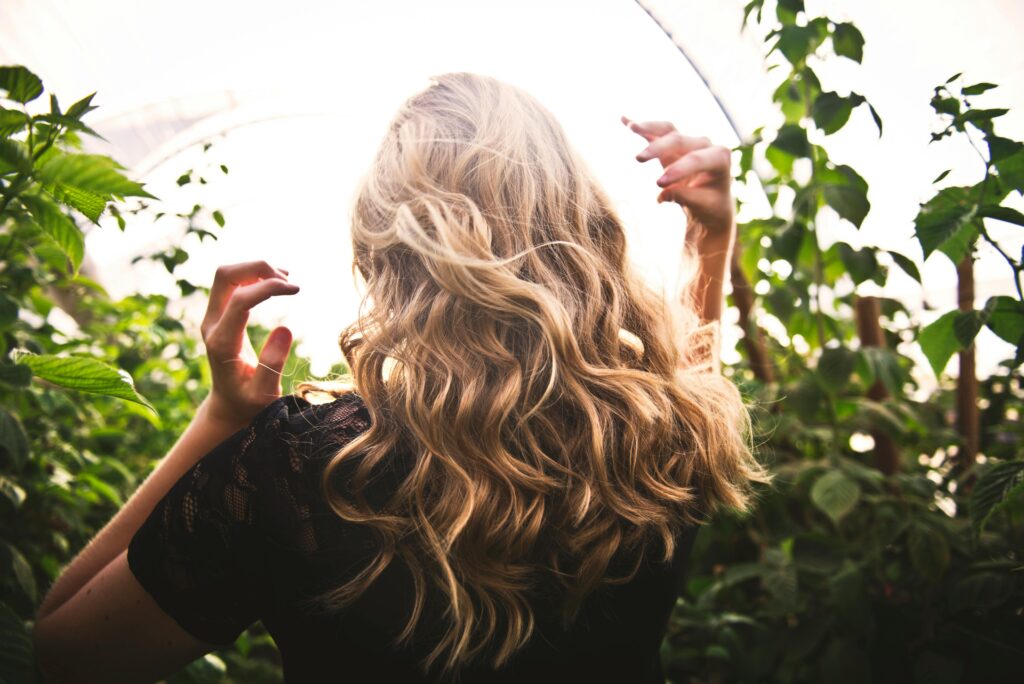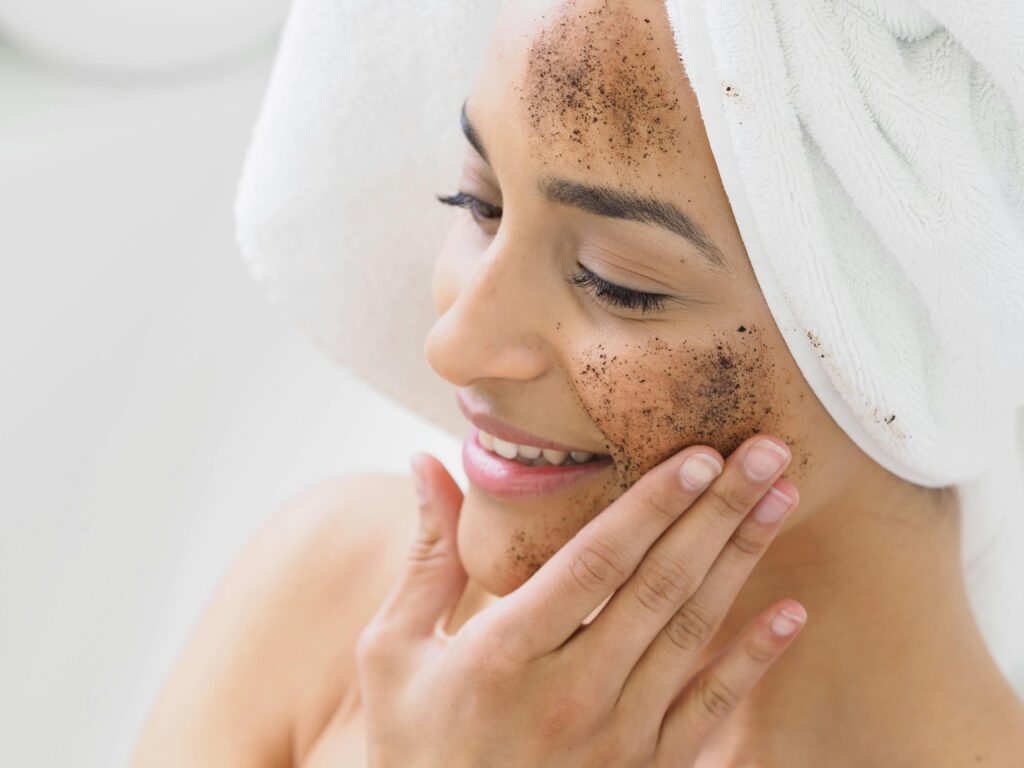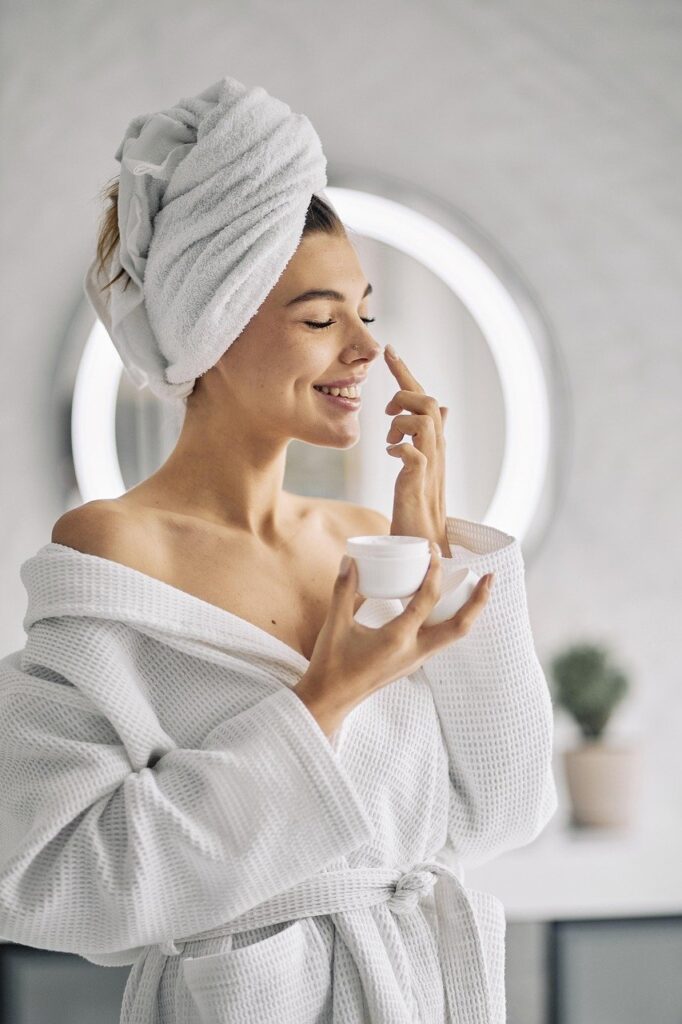How to Dye Your Hair Naturally: A Comprehensive Guide

For centuries, people have been looking for ways to enhance and change their hair color, and in today’s modern world, dyeing hair has become an essential part of many people’s beauty routines. However, traditional chemical hair dyes, whether store-bought or from the salon, come with a myriad of health concerns. From scalp irritation to hair damage, and the impact of the harsh chemicals used in these dyes, it’s no wonder that people are turning to natural alternatives.
Natural hair dyeing methods are safer, more environmentally friendly, and often provide beautiful results without the harmful side effects of conventional hair dyes. Whether you’re looking to cover gray hair, change your color, or simply enhance your natural shade, natural hair dyeing is a simple and affordable alternative.
The beauty of using natural ingredients to dye your hair lies in their nourishing properties. Many of the herbs, plants, and essential oils used in these methods not only dye your hair but also provide deep conditioning, strengthen your strands, and protect your scalp from harm. In contrast, store-bought and professional hair dye products are often packed with harmful chemicals that may lead to hair breakage, scalp sensitivity, and long-term health issues. Chemicals like ammonia, parabens, and resorcinol are commonly found in these dyes and can be absorbed through the scalp, posing risks to overall health.
This blog will guide you through the best natural methods to dye your hair at home, with easy-to-follow recipes, tips, and techniques to achieve stunning results. You’ll also learn about the dangers of conventional hair dye and why making the switch to natural alternatives is a healthier choice for both you and the environment.
Why Store-Bought and Salon Dyes Are Harmful
Hair dyes are an essential part of the beauty industry, but the chemical formulations used in most of them can have serious effects on both your hair and your health. Let’s take a look at why store-bought and salon dyes should be avoided in favor of natural alternatives.
1. Ammonia and Its Harsh Effects
One of the most common chemicals found in traditional hair dyes is ammonia. Ammonia is used to open the hair cuticle so that the dye can penetrate the hair shaft. While effective, ammonia is highly irritating to the skin and scalp and can cause dryness, itchiness, and even allergic reactions. Inhaling ammonia vapors can also cause respiratory issues.
2. Parabens and Their Potential Health Risks
Parabens are preservatives commonly used in cosmetics, including hair dye, to prevent bacterial growth. Unfortunately, parabens are known endocrine disruptors, meaning they can interfere with the body’s hormone balance. Long-term exposure to parabens has been linked to reproductive issues and certain cancers.
3. PPD (P-Phenylenediamine) and Allergic Reactions
PPD is a chemical commonly used in hair dye formulas, especially in permanent hair colors. While it effectively darkens the hair, it’s also known to cause severe allergic reactions. It can lead to contact dermatitis, swelling, and in extreme cases, anaphylaxis. People who dye their hair regularly may develop sensitivities over time.
4. Risk of Hair Damage
Chemically-based hair dyes can strip hair of its natural moisture, leaving it brittle and prone to breakage. The harsh chemicals weaken the hair structure, making it more difficult to grow long, healthy hair.
5. Environmental Impact
The production and disposal of synthetic dyes contribute to pollution and harm the environment. From the chemicals in the dyes to the plastic packaging, conventional hair dyeing methods have a negative ecological footprint.
Natural Alternatives for Dyeing Hair

The good news is that there are numerous natural alternatives to synthetic dyes that provide beautiful, long-lasting color without the toxic chemicals. Below are some of the most popular ingredients and methods for dyeing your hair naturally.
Natural Ingredients for Dyeing Hair
| Natural Ingredient | Hair Color Achieved | Benefits | How It Works |
|---|---|---|---|
| Henna | Red, orange, or auburn shades | Conditions hair, adds shine, strengthens hair. | Henna stains the hair shaft, leaving a reddish tint. |
| Indigo | Deep blue or black (used with henna) | Deepens color, promotes hair growth. | Works best when mixed with henna for a darker hue. |
| Coffee | Dark brown to black | Conditions hair, adds shine, prevents hair loss. | Darkens hair by depositing color when brewed and applied. |
| Black Walnuts | Dark brown to black | Strengthens hair, reduces dandruff. | The walnut shell stain creates a dark, rich color. |
| Chamomile Tea | Blonde to golden tones | Conditions, highlights hair, soothes scalp. | Bleaches and lightens hair naturally when applied over time. |
| Beetroot Powder | Reddish hues | Adds shine, nourishes scalp. | Stains hair a reddish color and strengthens the strands. |
| Amla Powder | Darkens hair, rich brown shades | Improves hair texture, prevents premature graying. | Acts as a natural darkener and strengthens hair roots. |
How to Dye Your Hair Naturally: DIY Methods
1. Henna and Indigo Hair Dye
Henna is a natural dye made from the leaves of the Lawsonia inermis plant. It provides a beautiful red or auburn tint to the hair, and when combined with indigo powder, you can achieve deeper shades such as brown or black.
Ingredients:
- 100g henna powder
- 50g indigo powder
- 1 cup lemon juice or warm water
- 2 tablespoons olive oil (optional)
Instructions:
- Mix the henna powder with lemon juice or warm water to form a paste. Let it sit for 2-3 hours.
- In a separate bowl, mix indigo powder with warm water to form a paste. Let it sit for 30 minutes.
- Apply the henna paste to your hair and leave it for 2-3 hours.
- Rinse and dry your hair.
- Apply the indigo paste and leave it on for 1 hour.
- Rinse thoroughly, and you will have rich, natural hair color.
Tip: If you want a more vibrant red, skip the indigo step. For darker shades, the combination of henna and indigo works best.
2. Coffee Hair Dye
Coffee is an excellent natural dye that can darken your hair and add a rich, deep brown color.
Ingredients:
- 2 cups strong brewed coffee
- 2 tablespoons coffee grounds (optional)
- 2 tablespoons conditioner
Instructions:
- Brew a strong cup of coffee and let it cool.
- Add coffee grounds to the conditioner and mix well.
- Apply the mixture to damp hair, ensuring it’s evenly coated.
- Leave the coffee mixture on for 30 minutes to 1 hour.
- Rinse thoroughly and enjoy a darker, coffee-infused hue.
Tip: The results may be subtle at first, so you can repeat the process for deeper color.
3. Black Walnut Hair Dye
Black walnut shells are rich in tannins, which make them excellent for darkening hair. This natural dye is ideal for those looking for a deep, rich brown or black hue.
Ingredients:
- 1 cup black walnut shells
- 4 cups water
Instructions:
- Boil the walnut shells in water for 1 hour.
- Strain the liquid and let it cool.
- Apply the walnut liquid to your hair and let it sit for 30 minutes to 1 hour.
- Rinse with water, and enjoy the dark, shiny results.
Tip: Be cautious as walnut can stain, so wear gloves and cover your clothing.
Why Choose Natural Hair Dyes?

Natural hair dyes offer numerous benefits over conventional hair products. Below are the reasons why switching to natural hair dye is the right choice for both your hair and health.
1. Free of Harsh Chemicals
As mentioned earlier, store-bought dyes are filled with chemicals that damage your hair, such as ammonia, parabens, and PPD. Natural dyes, on the other hand, are gentle on the scalp and do not contain harmful ingredients.
2. Better for Scalp Health
Many people suffer from scalp irritation due to the chemicals in hair dye. Natural dyes do not irritate the scalp and instead provide nourishment, hydration, and relief for conditions like dandruff or itchy scalp.
3. Environmentally Friendly
Natural hair dyes are biodegradable and do not contribute to environmental pollution. They are sustainable and non-toxic, unlike synthetic dyes which pollute water and soil during production and disposal.
4. Long-Term Benefits
Using natural hair dyes regularly can improve the health and appearance of your hair. Ingredients like henna, coffee, and coconut oil have restorative properties that nourish the hair shaft, making it shinier, healthier, and more manageable.
Conclusion: Make the Switch to Natural Hair Dyeing
Choosing to dye your hair naturally is a step towards healthier, more sustainable beauty practices. Not only does it protect your hair and scalp from harsh chemicals, but it also gives you the opportunity to embrace natural, nourishing ingredients that improve the texture and strength of your hair.
Natural dyes like henna, coffee, and indigo can achieve beautiful, vibrant color without compromising your health or the environment. The DIY methods discussed in this blog are easy to follow, cost-effective, and free from harmful chemicals. They offer a holistic way to care for your hair while enhancing its beauty.
Ditch the toxic dyes, and start embracing the natural power of plants, oils, and herbs. Your hair—and the planet—will thank you.
Key Takeaways
- Natural hair dyes are safer and healthier alternatives to store-bought and salon dyes.
- Common harmful chemicals in traditional hair dyes, like ammonia and PPD, pose serious health risks.
- Ingredients like henna, coffee, and walnut shells provide beautiful, long-lasting color without the side effects of chemical dyes.
- Natural dyes nourish and strengthen your hair, leaving it healthier and shinier in the long term.
Citations
- “The Science Behind Natural Hair Dyes.” Journal of Dermatology
- “Why Ammonia is Harmful to Hair.” American Academy of Dermatology
- “Henna and Its Benefits for Hair.” Indian Journal of Dermatology
- “The Role of Natural Hair Dyes in Hair Care.” Journal of Alternative Medicine
- “Chemical-Free Hair Dyes and Their Impact.” Environmental Health Perspectives
As an Amazon affiliate, we earn from qualifying purchases, but at no extra cost to you.



